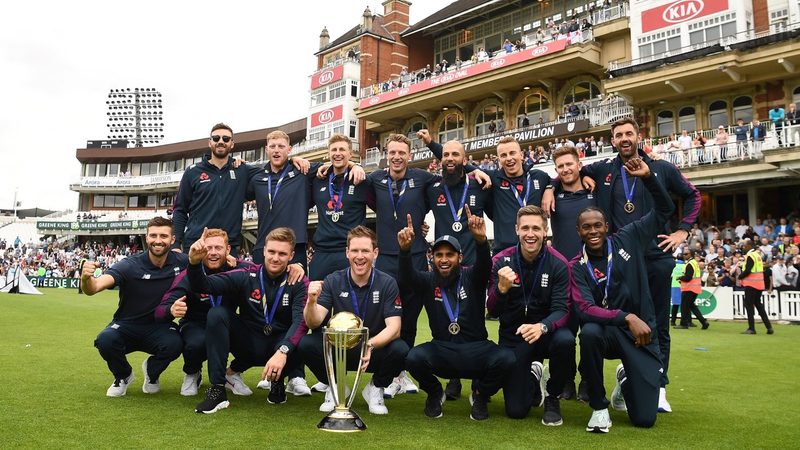
Having reached the quarter-finals in 2011 and being knocked out in the pool stage in 2015, England were next looking at a World Cup at home in 2019. But if they were to do well and win it for the first time in their history, things had to change.
The England and Wales Cricket Board (ECB) named Andrew Strauss as their new Director of Cricket two months after the England players returned home from the World Cup 2015. It was evident early on that Strauss was determined to take a different strategy to white-ball cricket than England had previously taken. The removal of Peter Moores and the confirmation of Eoin Morgan as England's captain for the foreseeable future were two of Strauss' first moves.
Trevor Bayliss had been named as England's new coach. Another decision which was made with the white ball in mind. Bayliss had earned his name as a coach in white-ball cricket, first with New South Wales and then with the Kolkata Knight Riders.
The next stage was to restructure England's central contracts to improve the value of white-ball performances, as well as to introduce a North vs South season opener featuring the best One Day players in county cricket. At the same time, Strauss began a thorough investigation into One-Day International cricket.
A detailed statistical analysis reaffirmed England’s poor performances in World Cups. Between 1999 and 2015, they had qualified for the knockouts just once. Analysis was done as to what the successful teams of the past had in common, including the dominance of batting strength, winning record before the World Cup, and ODI experience of the squad.
England also discovered that their batting approach was outdated. Trying to score the bulk of the runs in the final 15 overs was a tactic discarded by teams, particularly with the onset of batting and bowling powerplays. Teams now focussed more on the middle overs to gain a platform and accelerated towards the end to sprint to a huge total. This led to high-scoring matches, and England were far behind. An average score of 268 was the norm in the 2015 World Cup, an increase of 12.3 per cent.
The regulation changes that had been implemented two years prior at the start of 2013 were the direct reason for the increase in scoring at the 2015 World Cup. In 2013, the International Cricket Council (ICC) introduced two new balls each innings (one from each end), reduced the number of fielders outside the ring from five to four, and mandated that the Batting PowerPlay take place in overs 36 to 40. All of these adjustments had the effect of giving batsmen the upper hand at the end of the innings.
The key to maximising the new regulations' breadth was to front-load the innings and maintain an unprecedented level of intensity throughout. This was a fortunate break for England. Not only did they have a captain who had already stated openly that the aggressive game plan that best suited the new laws was the ideal approach, but he was also the embodiment of that optimal approach as a player. Furthermore, the ECB had coincidentally just developed a generation of players who were perfectly suited to Morgan and Bayliss' preferred style of play.
"For a long time, we played a style of cricket that was extremely dated and for our senior players to hear that they were going to be given the freedom and trust to play an expansive brand of cricket for an extended period of time without having to worry about being dropped was extremely exciting for them. I have to say everybody embraced it,” Morgan told Sky Sports.
“Handling being No. 1 in the world and going into the World Cup with the favourites' tag sat really well with us. We'd gone into previous competitions with the favourites' tag and it was something that we thought we almost deserved," he added.
With the advanced use of analytics, new laws, a bold captain and an equally bold squad, England went on to create history in 2019.
Featured photo: AFP / DANIEL LEAL







